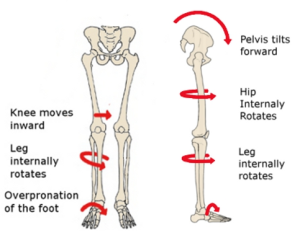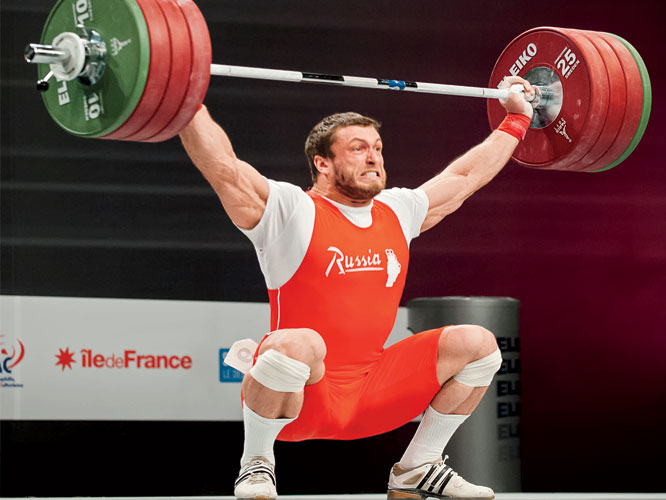Whether you use your coach’s eye, assessments or both to evaluate an athlete’s movement quality and ability to safely perform specific movements at some point you won’t have the answer. I mean the answer to “fix” whatever movement quality issue exists. It happens to all of us (even the best of us) at some point in our career and when it does (if it hasn’t already) there’s a lot of frustration on both sides of the coach-athlete relationship. While “we” will likely never have all the answers, its critical we gather as much quality information as we can to best train and treat our athletes. In this post I will discuss the often overlooked, but necessary role of Tibial Rotation in the squat pattern.
Adequate tibial rotation is something many athletes and coaches do not think about when assessing a squat pattern. We often look at ankle, knee and hip mobility and we think of knee mobility in the sagittal plane but the knee does in fact have a minute amount of transverse plane motion that we need to consider. It is because of these reasons that the knee needs to be assessed through three planes of motion.
One very helpful assessment when an athlete may not be able to achieve adequate depth in their squat, track their knee properly over their toes or when they have excessive toe out disproportionate to their hip position may be tibial rotation.
 As a norm most of us should have about 20 degrees of tibial internal rotation when viewed from above. An easy way to eyeball this would be, “does the little toe clear the midline of the patella?”
As a norm most of us should have about 20 degrees of tibial internal rotation when viewed from above. An easy way to eyeball this would be, “does the little toe clear the midline of the patella?”
When the athlete does not have this it will affect the knee joints ability to maintain proper joint congruency of the femur on the tibia or vice versa. This will affect squat depth, and foot position and may sometimes lead to knee pain and ankle and knee joint compensation.
The video below will show a quick and easy tibial rotation mobilization to address an internal rotation deficit.
Assessment and Corrective Strategies for the Barbell Athlete explores this further and a wide variety of other assess/correct in relation to Olympic Lifting and athletic performance.
This article was written by Dr. Jon Herting of The Training Room and Fit EDU. Jon earned his DPT and is a PA licensed Physical Therapist. Learn more about Jon’s background.
